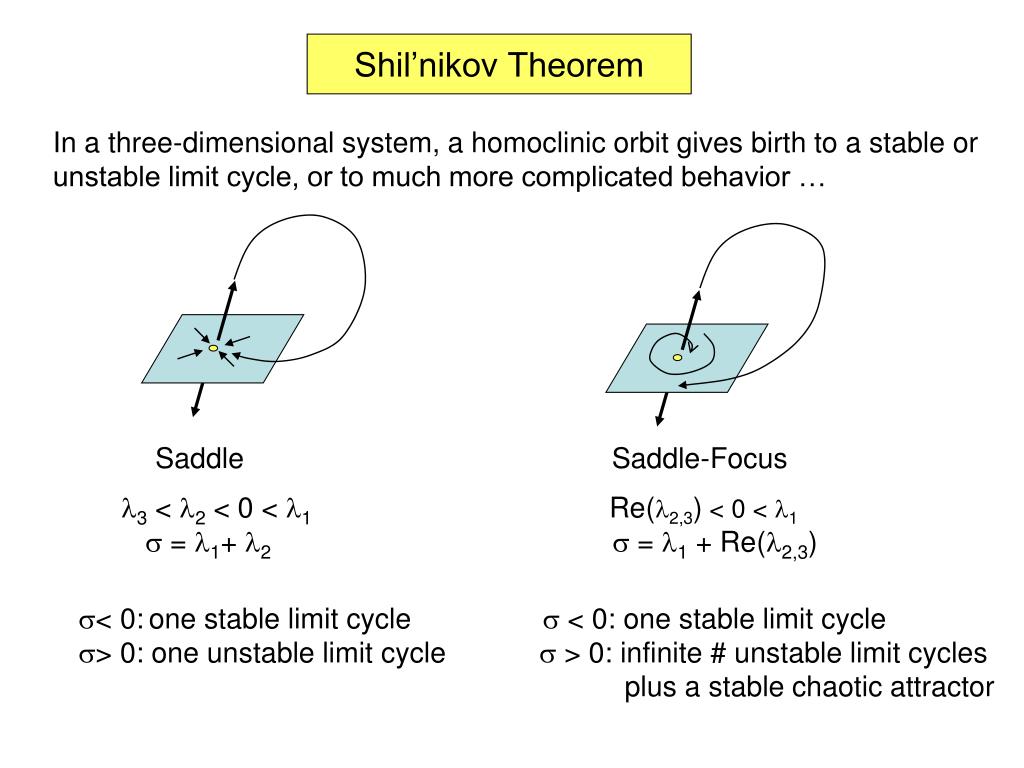

For example, we can model how the population of Canadian lynx (lynx Canadians) interacts with a the population of snowshoe hare (lepus americanis) (see ).Ī good historical data are known for the populations of the lynx and snowshoe hare from the Hudson Bay Company. We might use a system of differential equations to model two interacting species, say where one species preys on the other. Some situations require more than one differential equation to model a particular situation. Introduction to Linear Algebra with Mathematica Glossary Return to Part III of the course APMA0340

Return to the main page for the second course APMA0340 Return to the main page for the first course APMA0330 Return to Mathematica tutorial for the second course APMA0340 Return to Mathematica tutorial for the first course APMA0330 Return to computing page for the second course APMA0340 Return to computing page for the first course APMA0330

Part II: Linear Systems of Ordinary Differential Equations.


 0 kommentar(er)
0 kommentar(er)
